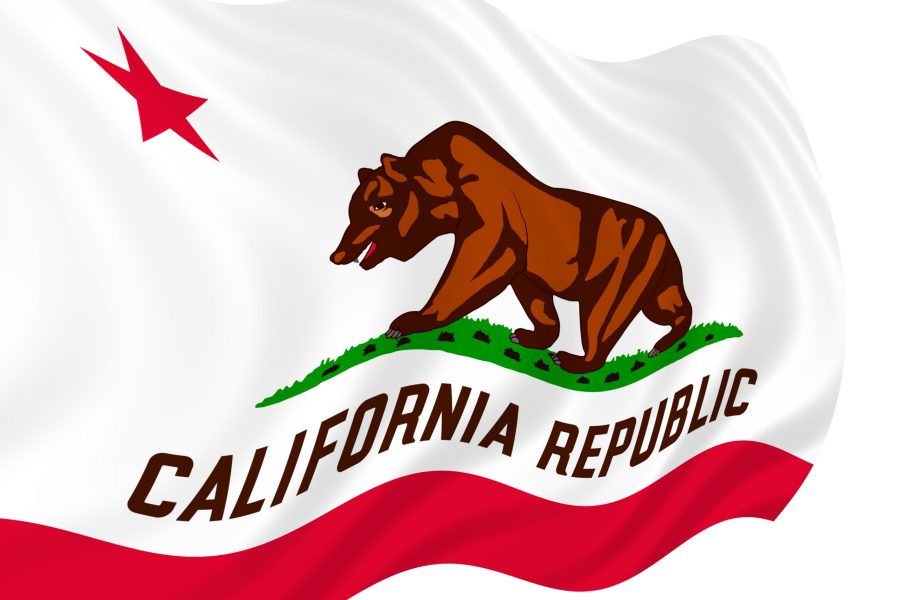That sound you hear this morning is millions of California voters feeling relieved that the primary election is finally over in the Golden State. Many are rejoicing the fact that they won’t have to see any more campaign advertising the next time they turn on their TV or log on to their computers.
Unfortunately, the respite will be short-lived.
There are still millions of votes to be counted in the March primary, but well-heeled interest groups are gearing up for several, major ballot initiatives in the November election that will bring about tens, if not hundreds, of millions of dollars in television and digital advertising that will begin sooner than you think.
This is in addition to the tens of millions that will be spent on both sides of the aisle in the competitive races for the U.S. Congress and state legislature this fall.
Here’s a preview of the some of the expensive ballot fights that will soon be coming to a TV screen or computer near you:
The Battle Over Assembly Bill 5
Assembly Bill 5 continues to be controversial both in and out of the Legislature. Last week, Assemblyman Kevin Kiley was unsuccessful in his procedural vote to bring his urgency legislation suspending the law up for an immediate vote. Meanwhile, AB 5’s author, Assemblywoman Lorena Gonzalez Fletcher, released her long-awaited amendments tweaking the law’s restrictions on freelance journalists.
But that’s not where the real action is. Proponents of the “Protect App-Based Drivers and Services” ballot measure announced that they have gathered more than 1 million signatures, likely more than enough to qualify their measure for the November ballot. Fueled by $110 million in campaign donations from Uber, Lyft, DoorDash, Postmates and other proponents, the measure will change AB 5 to essentially “carve out” their companies from the law and put in place an alternate model that would protect their businesses and the ability of independent contractors to work for them.
You can be certain that proponents will spend more, if needed, to pass their measure – and labor unions and other opponents will surely spend significantly, as well.
Strengthening Digital Privacy in California
Less than 2 months after the compromise privacy measure he championed officially took effect, its chief proponent, Alastair Mactaggart, is back with another data privacy measure that he is aiming to qualify for the November ballot, which he dubs the “California Privacy Rights Act.”
Mactaggart famously qualified another measure two years ago and presented the Legislature with somewhat of a Hobson’s choice: pass a modified version of a proposal they didn’t like or face near certain passage of a much-worse measure at the polls. So, the Legislature cut a deal with Mactaggart on a compromise that resulted in his removing his original proposal from the ballot.
As PRI’s Bartlett Cleland recently wrote of the 2020 effort, “adding to the costs and confusion, Mactaggart is circulating a new ballot proposal, the California Privacy Rights and Enforcement Act, which could appear on the November 2020 ballot. This new proposal suffers from the same lack of thoughtful analysis and redraft.”
Between Mactaggart’s big checkbook and the spending from the businesses small and large that would be harmed by this latest proposal, you can expect mega spending in the battle over this initiative.
Split Roll and the Future of Proposition 13
A fight by proponents of higher spending in Sacramento to try and weaken the historic taxpayer protections in Proposition 13 has been brewing for some time now. Activists have qualified a measure for the November ballot to create a so-called “split roll” property tax system in California. As I wrote previously, liberal groups are taking their policy wish list to the ballot this year, believing that favorable turnout in the 2020 presidential campaign could push their priorities over the top.
If enacted, the proposal would gut Prop. 13’s protections for business property and lead to an estimated tax annual tax increase reaching between $8 billion and $12.5 billion, according to the nonpartisan Legislative Analyst’s office. The measure was a key issue for liberal groups weighing whom to support in the Democratic presidential primary. All the major Democratic contenders endorsed the measure.
With voters nearly equally divided on the measure according to a November 2019 PPIC poll, will be an epic battle between business and labor groups that could even surpass the spending in the AB 5 ballot campaign.
Tim Anaya is the Pacific Research Institute’s senior director of communications and the Sacramento office.


